 Welcome to the homepage of
Welcome to the homepage of 



|
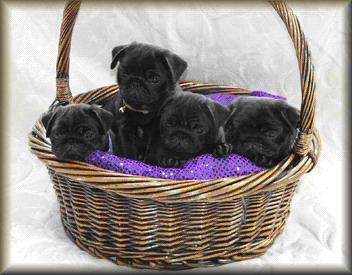 |
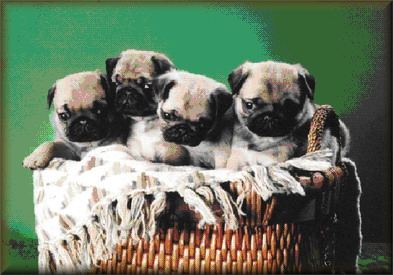 |
Pugs have the patience and tolerance to be good sports.
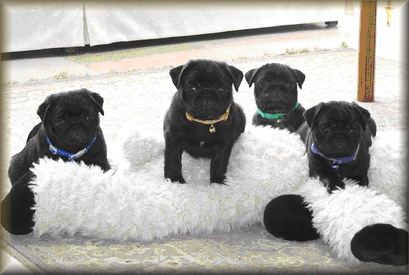 |
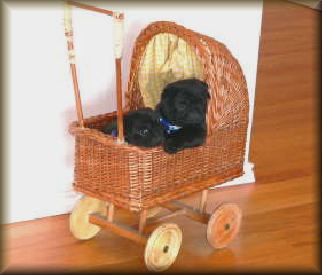 |
They might be little dogs, but Pugs are not delicate: they can dash through the snow with the best of them!
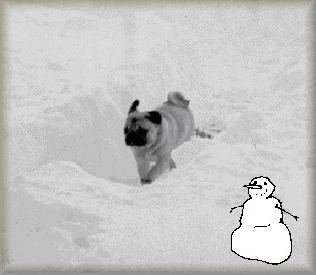 |
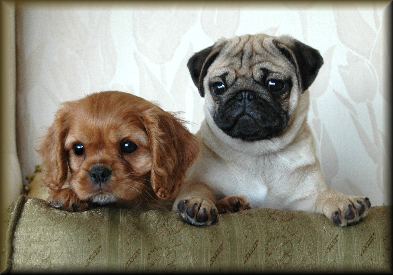 |
They make friends easily, and play nicely with others...
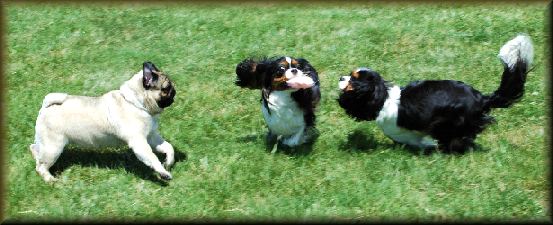


Libby
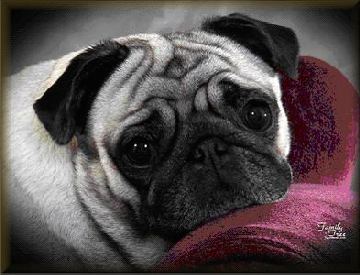 |
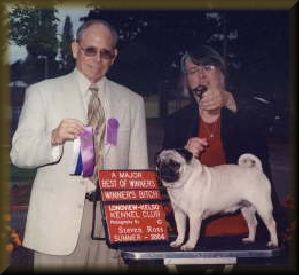 |


Maggie
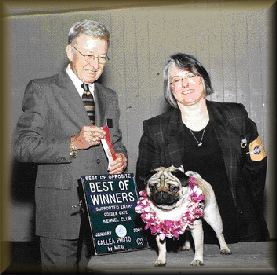 |
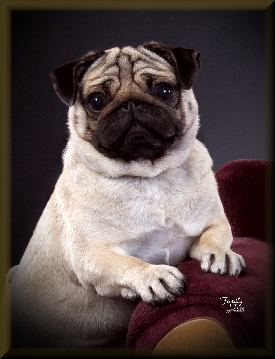 |


Bear
 |
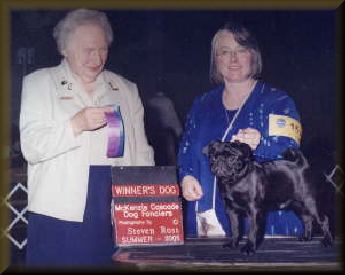 |


Rose
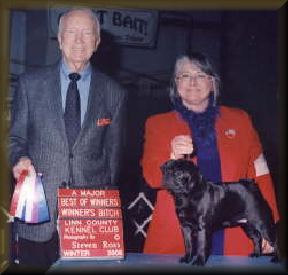
|  |


| Pugs, one of the oldest of breeds, have been traced back to 400 BC. No one knows the true origin of the breed; Pugs came from the Orient, but whether it was China or Tibet is open for conjecture. The Pugs migrated to Japan and from there to Europe where royalty adopted them.
In Holland, they were called “Mopshond” from the Dutch word 'to grumble'. In Germany today, they are still called Mops. The English name of Pug Dog has many explanations. A favorite reasoning is that the face of the dogs looks similar to that of a marmoset monkey. These monkeys were popular as pets in the 1700’s, and were called Pugs. Hence the name Pug Dog to separate it from the true Pug, the monkey. |
The motto of Pugs is a Latin phrase: Multum in Parvo. “a lot of dog in a small space”.


Pugoda Pugs: striving to breed quality Pugs - to the standard.


 Send an email to Deb to inquire about upcoming litters. |


|
AKC Pug Breed Standard General Appearance
Size, Proportion, Substance
Head
Neck, Topline, Body
Forequarters
Hindquarters
Coat
Color
Markings
Gait
Temperament
|


Visit Pugoda Dog Fashions |


 Click here to contact the WebMistress |
Thanks to
Pug Graphics for the email & background graphics.  |
Java Script courtesy of  |
 Come on in, take your time, meet the Pugs!
Come on in, take your time, meet the Pugs! 